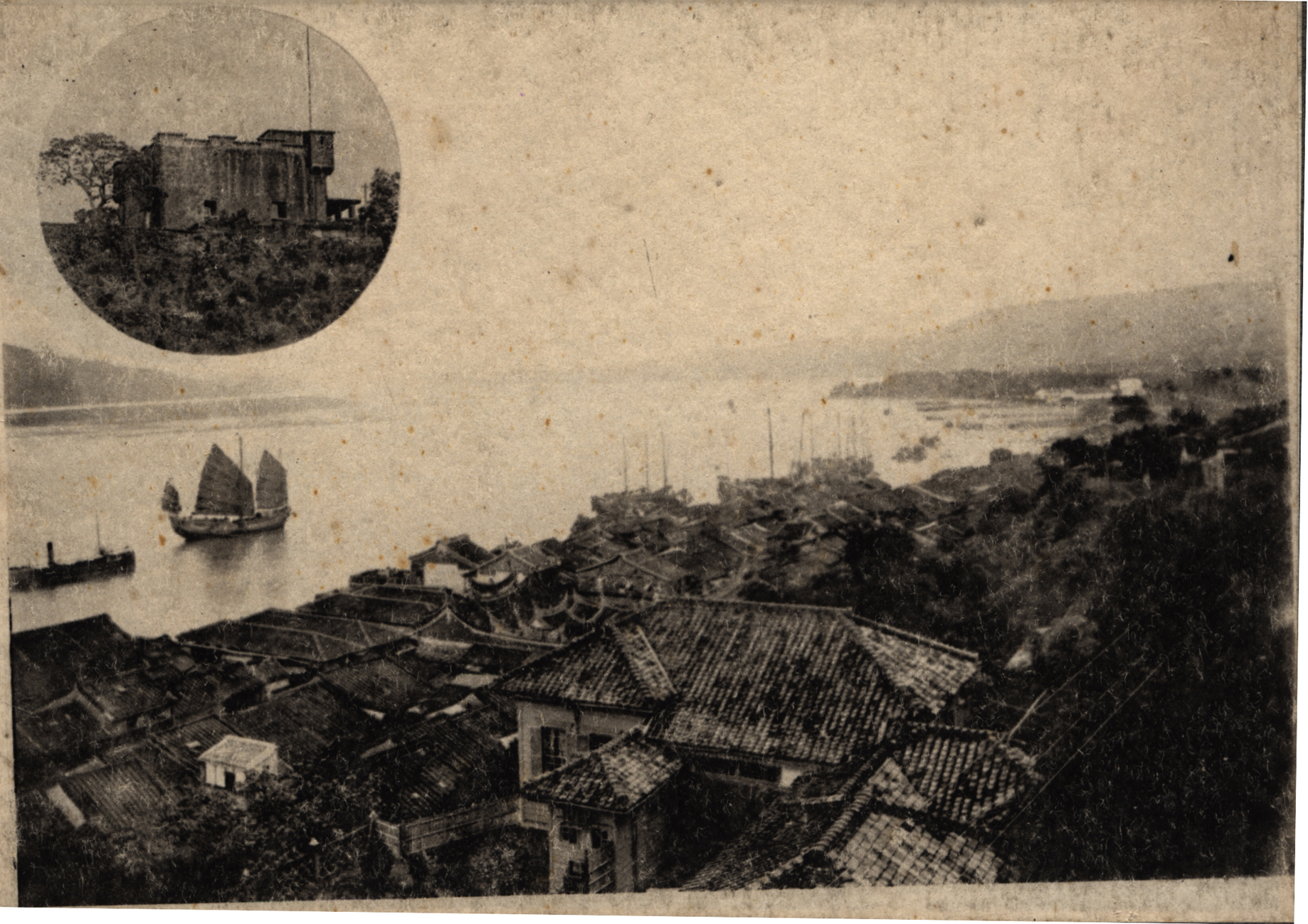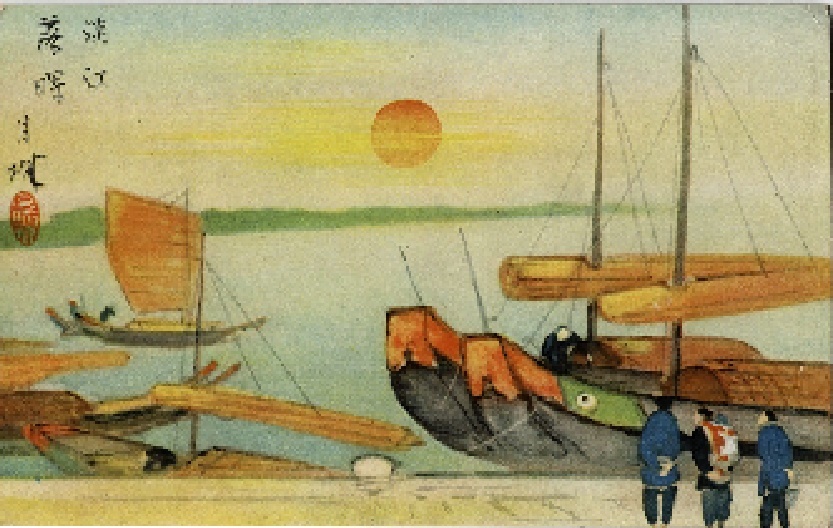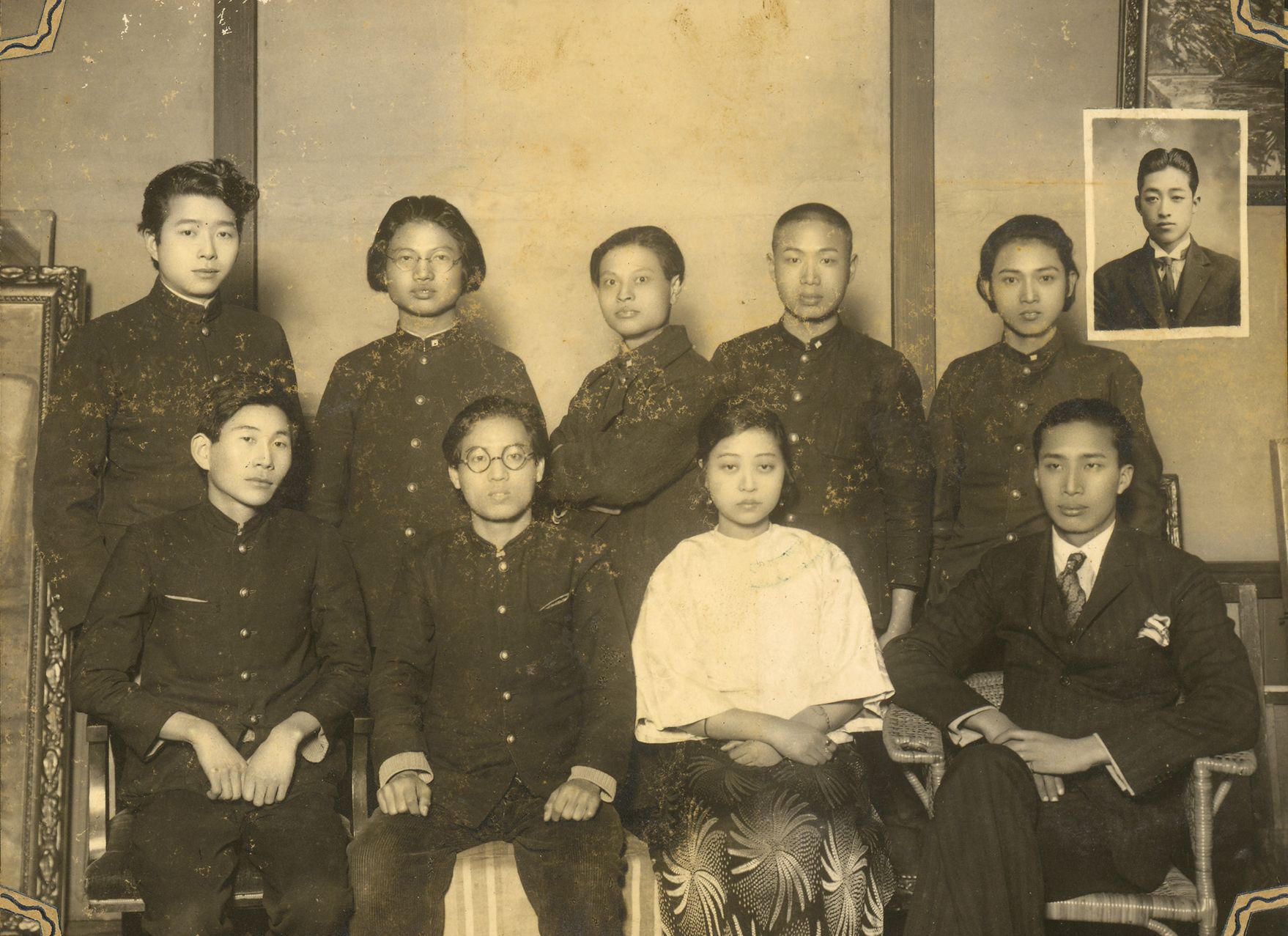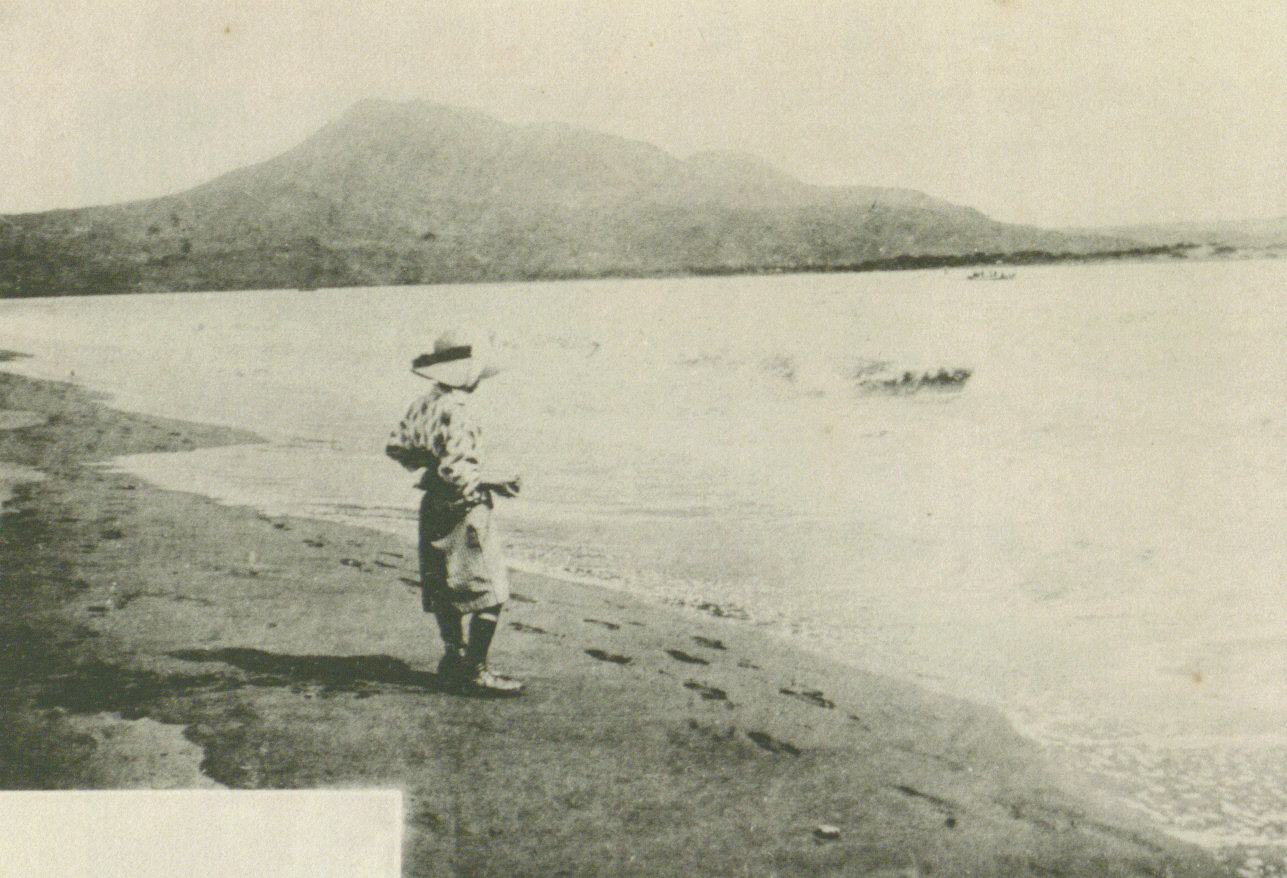|
Tamsui, also known as “Hobe”, is located on the northern coast of the Tamsui estuary. Settlements distribute along the river bank and groups of houses spread along the hills near the Datun Mountains and Guanyin Mountain. In the seventeenth century, Spain and the Netherlands took Tamsui as a stronghold to trade with China and Japan. In the mid-nineteenth century, after being defeated by foreign countries, the Qing Dynasty signed the “Treaty of Tientsin” which opened Tamsui Harbor. Merchant ships, trading houses, and people from around the world converged on Tamsui, making it the largest harbor city in northern Taiwan. In addition, Tamsui was also becoming a gateway to receive western cultures. For instance, in 1872, Dr. George Lesley Mackay, a Canadian missionary, chose Tamsui as his headquarters to preach the gospel, also serving as a medical practitioner and educator. In the beginning of the Japanese Occupation, Tamsui Customs were the main gateway for import and export, and Tamsui Harbor had become the busiest port on the island. However, since the sedimentation of the harbor and the development of Keelung Harbor beginning in 1899, the trade activities of Tamsui Harbor gradually declined. The first golf course, seaside resort (see Figure 1), and railway from downtown Taipei to Tamsui has made this scenic town an attractive place since 1901. Although Tamsui is no longer a prosperous harbor, it has become a picturesque and historic attraction due to its abundant cultural resources.   Figure 1: Photographs of golf course and seaside resort in Tamsui.
Source: Identifier: A0175_00_00, Taiwan Rare Book Collections During the Japanese colonial period, Tamsui transformed from an international trading port to a scenic and recreational place aggregating nature and cultural features (see Figures 2 & 3). In Portrait of Taiwan, published in 1919, the author says:“Tamsui Harbor was launched in 1860. Since its sedimentation and the new constructing project of Keelung Harbor, Tamsui Harbor, a business trading port, has gradually declined. Nevertheless, the natural scene in Tamsui is unforgettable. Leaning against the Datun Mountains and facing “Tamsui’s Fuji Mountain”, Guanyin Mountain, Tamsui is an attraction you should not miss. There is also a seaside resort which is suitable for visiting in summer. “  Figure 2: Tamsui Harbor
Source: Identifier: T020302_04_1327, Michael H.Finegan Collection, Taiwan Archival Information System What did the artistic eye see when in Tamsui? What are the features of their paintings across time periods? Kinichiro Ishikawa (1871-1945) was an important mentor to artists in Taiwan. His charcoal sketch of Tamsui depicts junks sailing on the water and behind them is the misty Guanyin Mountain. This sketch reveals a commercial port accompanied by a Chinese aesthetic (see Figure 4). Ishikawa also described Tamsui’s scenery in words: “Clean water reflects the bright sky. This beautiful scene makes me want to jump into the water. The red junk sails slowly, crossing the reflection of Guanyin Mountain. Poplars beside the riverbank have few leaves. The favorable wind coming from the mountain sweeps water plants and the river's surface. In the end of the ripples is hazy Tamsui Harbor. Tamsui, which straddles the river and mountains, is not only a wonderful place for a golf player, but also a paradise for writers and painters.”  Figure 4: Kinichiro Ishikawa, Charcoal Sketch of Tamsui Harbor.
Source: Identifier: T1052_01_04_0017, Historical Materials Related to Taiwan Studies Collected by Yang Rur-bin, Taiwan Archival Information System Since the 1920s, through literatis’ illustrated poetry, artists’ paintings, and commercial advertisements, images of sailing junks, the exotic atmosphere, and “Tamsui’s Fuji Mountain” have been distributed to the public. Tamsui had become a rising modern attraction in northern Taiwan (see Figure 5). In 1927, it voted as one of the attractions in the colonial government’s poll “New Eight Views of Taiwan” (see Figure 6). Seth Mackay Ko (1900-1990), Dr. George Lesley Mackay’s grandson, published an article on Taiwan Daily News to promote Tamsui “As a beautiful site in northern Taiwan, Tamsui has magnificent scenery with fine mountains and rivers. The elegant Guanyin Mountain has feminine features and Datun Mountains have masculine qualities. The Tamsui River, flowing between the two mountains, makes me think of the Rhine. The bamboo mountains in the north are like range of hills in the Alps. Tamsui is a place full of histories which can be traced back to 300 years ago. It has the oldest street on the island. Dutch people, Spanish people, and Koxinga have all contended for it. In a sense, Tamsui is Taiwan’s Nagasaki. It is the oldest harbor with an exotic atmosphere. Today, Tamsui has poetry, paintings, music [etc.]”  Figure 5: Taiwan Scenery: Tamsui Harbor
Source: Identifier: T020302_04_0721, Michael H.Finegan Collection, Taiwan Archival Information System  Figure 6: Eight Views of Taiwan, Tamsui.
Source: Identifier: T020301_01_0701, Michael H.Finegan Collection, Taiwan Archival Information System In 1927, after the “New Eight Views of Taiwan”, the first Taiwan Fine Arts Exhibition (Taiwan Bijutsu Tenrankai, Taiten) was held. Artists who had been selected for the exhibition and the Fine Arts Exhibition of Taiwan Governor-General (Taiwan Sotokufu Bijutsu Tenrankai, Huten) often went sketching in Tamsui, depicting breathtaking scenery in different aspects. This article will introduce three artists: Chen Zhi-qi (1906-1931), Chen Cheng-po (1895-1947), and Yen Shui-long(1903-1997). All of them studied at the Tokyo Art School in the 1920s. Their works feature Tamsui’s landscape in a western painting style from the 1920s to the 1970s (see Figure 7).  Figure 7: Photograph of Taiwanese students that studied at the Tokyo Art School, approximately in 1927. In the front row from the left: Yen Shui-long, Liao ji-chun, Pan jian-jian (Chen Zhi-qi’s wife), Chen Zhi-qi. In the second row from the left: Chang Qiu-hai, Fan hon-gjia, Chen Cheng-po. The first one in the second row from the right and the one in the upper right corner are Chen Cheng-fan and Wang Bai-yuan.
Source: Chen Cheng-po Painting and Papers |
 |




